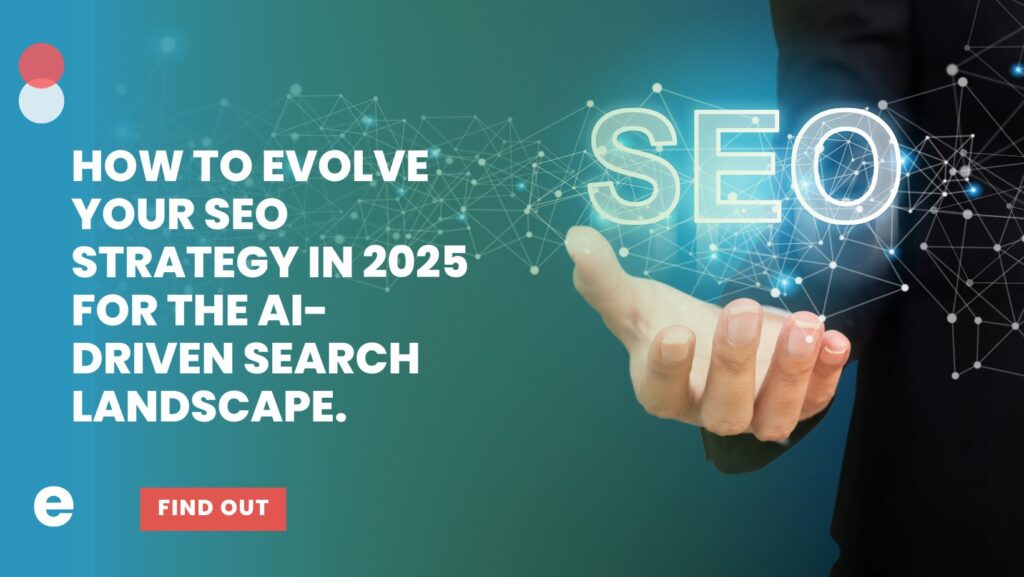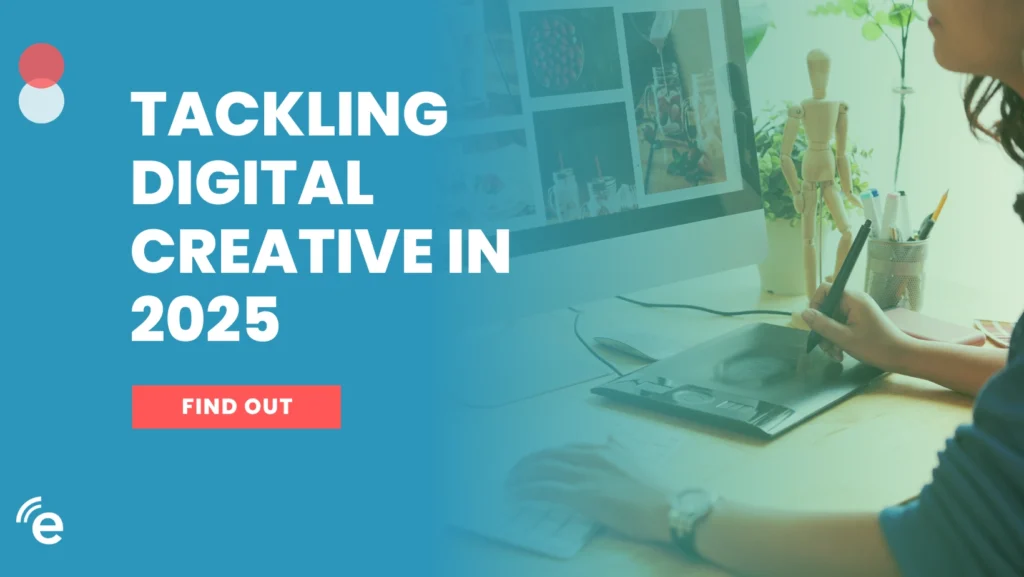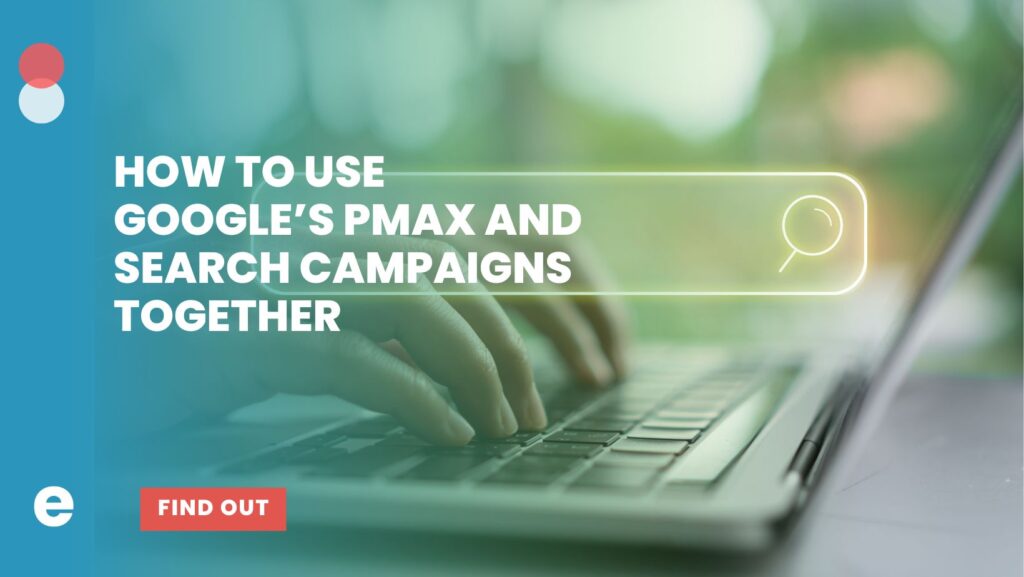Today, content creation isn’t enough. You can’t just create world-class content and wait for it to get picked up. Gone are the days of “build it and they will come”. Now, with an ocean of content being generated every single day, content marketing is more important than ever.
However, marketing your content, which in turn serves as marketing for your brand (market-ception anyone?) requires looking at your content through a completely different lens than the one you used to create it in the first place.
So if you are here reading this, odds are you have some content or a content strategy, that isn’t performing to your expectations. Well, fear not. Here’s a list that will help you walk through and conduct a sort of “quick audit” of your content and the strategies you employ in their creation and marketing.
1. You Think You Know Your Customer (But You Don’t)
So you say you already have a slide devoted to personas in your latest content strategy deck? Great. Does that persona illustrate the content consumption patterns of your target demographic? Does it illustrate the digital interactions of your target audience in 2020? In a COVID-19 world? Does it address how those expectations will change once we enter the “new normal”? Ask yourself how many people are going to “give up” the soon-to-be-viewed-as-a-luxury practice of conducting more of their transactions – be they financial, medical, retail, or service-oriented – digitally, remotely, and on their schedule versus going back to actual travel and scheduling? If you think THAT is part of their collective desire to return to “normal” you are sadly mistaken. NO ONE is going to willfully submit themselves to waiting in a doctor’s office for two hours for a face-to-face that could have been done via zoom in 20 minutes. Nor will they forgo the ease and comfort of ordering online for loading up the car and heading out. There are some current concessions that will not be rolled back en masse. Some of those concessions are tied to their purchase journeys, which invariably involve your content.
So you need to understand your customer now more than ever. You must identify what needs they are fulfilled by engaging with you as a customer. You need to understand their new motivations for viewing your webpage, for reading your social media posts, for searching for you on Google. Sure, some of those underlying motivators may not have changed, but if the mindset of your customer has changed, if their behavior has changed, then it behooves you to understand this new customer behavior.
Still, you’ll want to perform a forensic-grade persona of your customers – all of them. Not just your key demographic, but your secondary and tertiary ones as well. Perhaps your offering is a B2B play that requires a highly-skilled expert to recognize the value and a c-suite individual to approve the budget. That means one transaction requires two audiences. Other offerings may be simpler. Regardless, once you’ve secured these new identities, you’ll want to update the various journey maps that connect a given audience to a given offering. When you fully understand your customer, where they’re coming from, and how they’d prefer to get to you, then you’ve essentially gained insight into their Intent. Once you’ve established their Intent, you can then move on to plotting the destination half of the content bridge, namely, what you sell.
2. You Think Your Product’s Value is Clear (But Is It?)
But we sell this thing… Yes, you do, but there’s more to it than that. Sure you sell peanuts, and obviously, elephants are your key demographic, but what does a peanut mean to them? And why are you selling peanuts in the first place? These questions may seem secondary in nature, but in fact, they are foundational to understanding what your offering really means to your customers.
Take for example Las Vegas. They’ve been one of the smarter examples of destination marketing for decades. They know the product they sell, but they know why they sell it, and they know why their customers want it. People don’t go there for the shows, the gambling, the luxury, the scene – those are incidental to their primary motivation. They go there to escape. The Las Vegas Visitors and Convention Bureau figured that out a long time ago and focused on the emotional threads in that fiber from the now ubiquitous “what happens in Vegas stays in Vegas” to more sensorial and open-to-interpretation campaigns like the ones The Cosmopolitan ran to wild success.
So when you understand that to elephants, peanuts do not represent a significant source of their daily diet but are directly associated with rewards for doing a good job, then you have the beginnings of a roadmap as to how to get your customer to leave intent and step into the warm waters of conversion.
You’ll want to spend some time with your own internal sales team, picking their field experiences for insights into why last year’s fifth-rated account leapt up to the number one spot this year. You’ll want to understand the needs your products fulfill – both the obvious ones and the not so. Once you’ve fully vetted this out, and it bears mentioning that the smartest companies in the world rely on external eyes to vet and validate their internal findings, then you can move on to the next phase: identifying the best way from intent to conversion and the skillsets needed to close that gap via content and content marketing.
3. Your Efforts are Inconsistent (And Need Focus)
How will you get them there? Knowing what your internal team, or your agency partner, can and cannot do from a capability standpoint is very important, and requires frank, honest appraisals of everyone involved. You may look over your personas and your journey maps, you may fully understand the half a dozen reasons why a potential customer will pull the trigger on your offering, but do you know the content type they’re most likely to respond to? And can you or your organization execute that type of content?
If for whatever reason your research says your absolute best pathway to content promotion amongst your audience involves high-quality video, an immersive software experience, or creative writing, and you do not possess the human resources needed to execute that strategy, you have to ask yourself if the investment (either in a direct-hire or an agency partnership) will still return a satisfactory ROI. If second place is a consistent social media campaign, and the space between first place and second is less than the cost to hire all this outside expertise, it may make more sense to embrace the silver and let others enjoy the gold… for now.
Inconsistencies arise when you start to deviate from the course. Perhaps you’ve fallen behind on your editorial calendar. Maybe you thought of a new angle, and instead of properly vetting it in an A/B testing environment, you just unleashed it onto the world without any frame of reference. Well, how you measure success, or failure, of your new content?
Being consistent is more than just posting content on schedule. It’s about posting the right type of content for your audience and your offering. Don’t sell cars with blog posts, and don’t sell dense, technical B2B equipment with flashy videos. You get the idea.
However, let’s say you’ve done all of this. You’ve nailed down your customer identities, their motivations, their behaviors, their preferred content consumption patterns. You’ve fully profiled your own catalog of offerings and can directly map each and every one to the underlying motivations for your customers to buy them. Finally, you’ve identified the best path from Intent to Conversion for your customer and your offerings and you’ve attained the needed skillsets to build that bridge.
Now what?
Now, we ideate. And consult with your SEO department (or have a long chat with yourself if you wear that hat as well as the copywriter/strategist one) and your dev team to see the practical steps needed to build this bridge. Of course, you’ll need project management to make sure this can all be done in, you know, a profitably way.
Once all of this is nailed down, you get to do the fun stuff: you get to create the content.
Fortunately, with all of this research and data, you can craft targeted, compelling messaging, art, UX, and emotional drivers that will make the journey all that more appealing to your customers. But, lias we mentioned at the outset, there’s more to content creation than mere creation…
4. You Haven’t Properly Amplified
Digital content is a bipedal animal, and it cannot function out there in the wild with one leg. Those two legs are the obvious one, the content itself, and the other leg, the promotion of said content. See how one is inextricably linked to the other:
Creation
As stated earlier, you can have amazing content, thoughtfully crafted and curated, backed by data and research that says “yes, this is THE type of content that our demographic wants to engage with,” but what good would newspapers be without the paperboy or the newsstand? You need a proper promotional strategy to see that this on-point content finds its intended target. That’s where a content promotion strategy comes into play.
Sure, you can just churn out blog after blog and replicate it to Facebook, and toss a link up on Twitter, but is that spearfishing or trawling? Is your intended audience degreed, c-suite level execs? Highly specialized technicians? Under the age of twenty with access to Instagram and discretionary funds?
All too often we see people focusing on the quality of their content (which you should) to the exclusion of their content marketing efforts (which you should not). These organizations will bleed their budgets dry creating top-quality content, only to leave it on the runway.
Great content cannot work without the help of great content promotion.
Amplification
If there is nothing in the chamber as it were, no meaningful content and no accurate target towards which your content should be promoted, then you’re dry firing – you’ll never hit the target no matter how profuse your marketing/promotional efforts are because your payload is either nonexistent, ineffective or incorrectly matched to your intended target.
Much like those who solely focus on content quality, there are some organizations that feel that their “reach” is far more important than your message. These are the organizations typically obsessed with vanity metrics.
Great content promotion cannot work without the help of great content.
Repeat After Me: Omni-Channel
If you’ve done this right, your content, regardless of type, will support all of your marketing channels. Think about it: a thoughtfully executed blog post that outlines a highly-technical offering complete with an infographic, bulleted lists, a downloadable PDF, TL;DR section, even an audio version will be perfectly suited for:
- Obviously your organic and SEO efforts
- Paid Media strategies
- Email marketing – when targeted properly
- Snipped and shared on all of your audience’s relevant social media channels
- Boots-on-the-ground sales teams who can pull up one blog that explains the product perfectly
Of course, you can’t just hope your copywriters and designers give you multi-channel supportive content – you have to let them in on the agenda, which is why back when you were in the planning stages of your bridge building, you should have without question had them in on these sessions so that they could:
- Be on the same page
- Offer their own unique observations and experiences
- Raise any potential red flags for their respective disciplines
Once you’ve done that then yes, you are done. Yay! Well, until you go through A/B testing, then you know, you start the process all over again, but more from a refinement POV than an outright from-the-ground-up creation POV.
5. You’ve Given Up Too Soon (Or: You Need to Redefine “Failure”)
So I did all of this, but no one’s reading my content. I’m not getting that avalanche of likes and shares that I so clearly deserve after writing multiple long-form pieces of content augmented with video, social media posts, and even incorporating them into my email marketing programs.
What gives? All this work for nothing… You lied to me!
Slow down.
First off, virality isn’t necessarily what you are striving for here. Viral marketing is very flash-in-the-pan and is forgotten about as quick as it was noticed. Sure, you may get a surge, but then what? Still, when you look at “viral” content you may be surprised to see just how long it took that content to gain any sort of traction.
Additionally, when you look into specific examples of viral or overnight successes you’ll inevitably find a combination of months of hard work and careful planning, targeted A/B testing, and a little bit of luck that shows itself in the form of that one person or outlet who picks up, promotes, shares, or in some other way shines a digital spotlight on your carefully curated content.
To look at it another way: if your content wasn’t well thought out and strategically promoted, why (or how) would anyone see it in the first place?
So you need to “trust the process” as the saying goes and understand that your content marketing efforts are long-game affairs – typically a minimum of six months to start, ideally something closer to twelve months for larger campaigns. When A/B testing, you always retain and replace: retain what works and replace what doesn’t with something else. That something else can be just an incremental difference to what it was replacing, or it can be a swing to the opposite side of the spectrum – as long as it is measurably different (and can be measured) you’re well on your way to refinement.
Get Focused, Get Results
We hope you found this article helpful. We know that marketing content can be a challenge and that we’re seeing the content appetites and habits of our consumers change day by day. But what we also know is that if you’ve avoided these 5 pitfalls of content creation and marketing, you’ll be well ahead of the pack.
If you would like an unbiased, externally-viewed snapshot of your current strategies, help in creating a new one, or even help with specific skillsets your organization may not currently possess, we’re only a click away.


